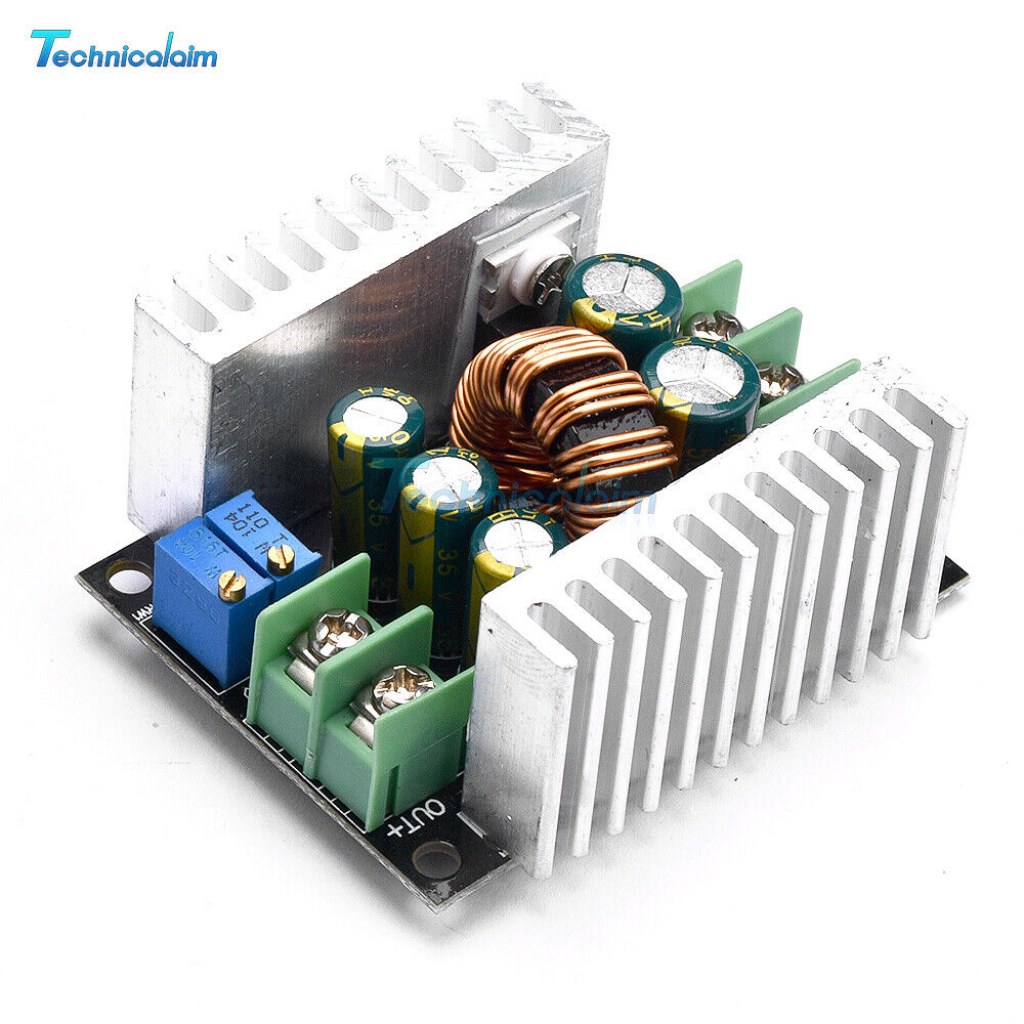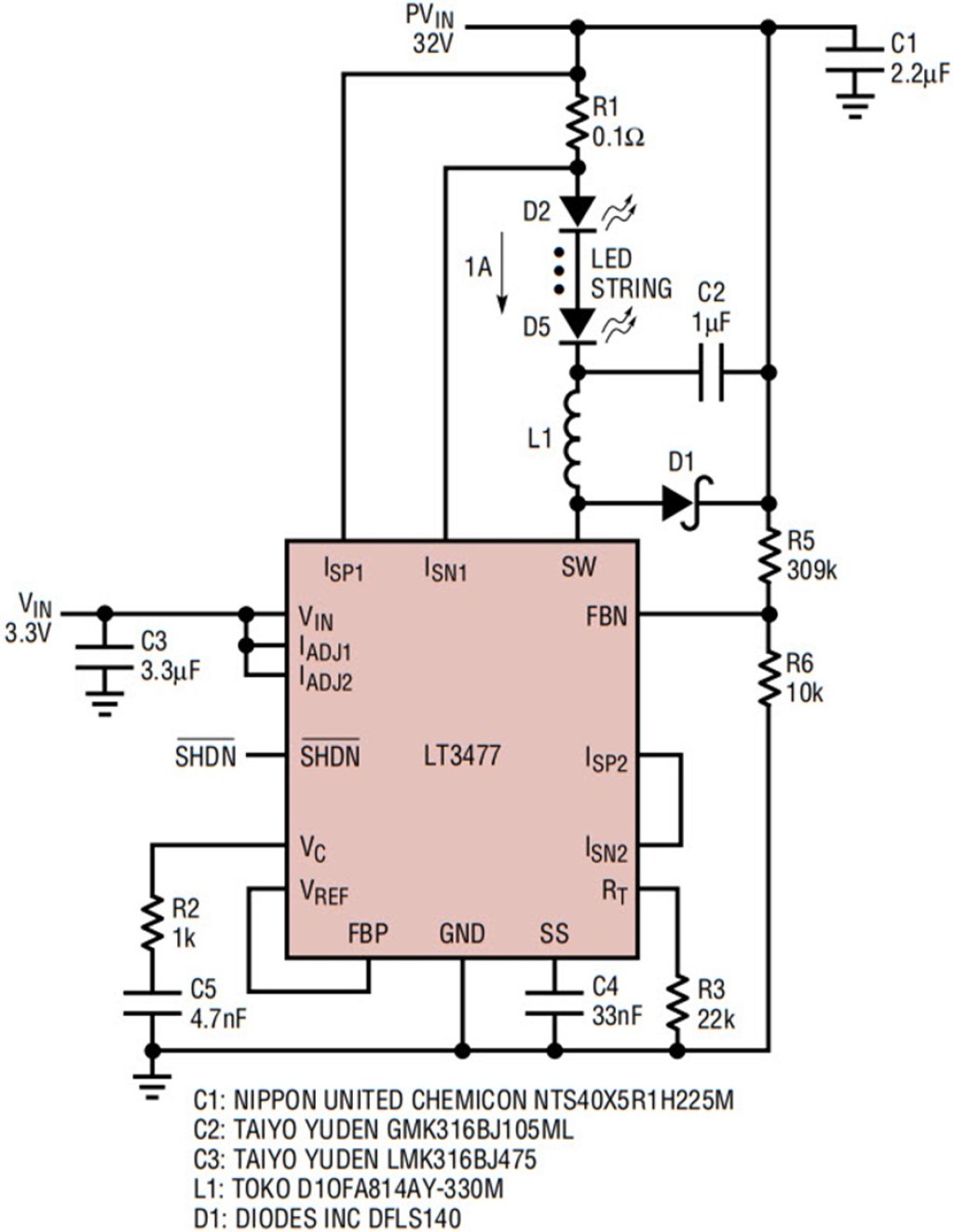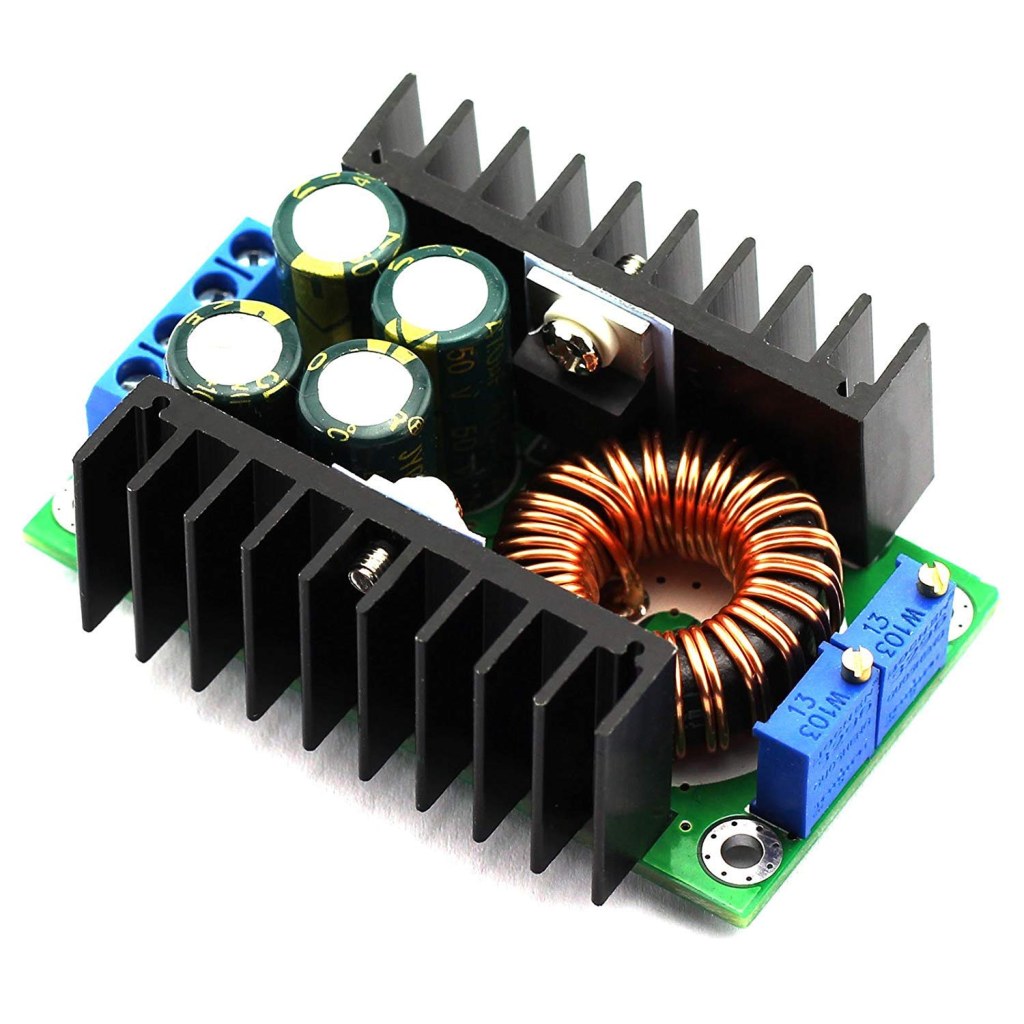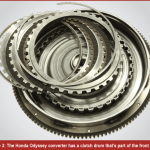Efficient Constant Current Buck Converter: Experience Reliable Power Control With Our Cutting-Edge Solution!
Constant Current Buck Converter: Optimizing Power Efficiency
Introduction
Hello, Converter enthusiasts! In this article, we will delve into the fascinating world of constant current buck converters. Also known as the constant current step-down converter, this electronic device is widely used in power supply applications to efficiently regulate current flow. If you are curious about the inner workings and benefits of constant current buck converters, then you’re in the right place. Let’s dive in!
3 Picture Gallery: Efficient Constant Current Buck Converter: Experience Reliable Power Control With Our Cutting-Edge Solution!
Overview
A constant current buck converter is a type of DC-DC converter that transforms a higher voltage input into a lower voltage output while maintaining a constant current. It is a vital component in various electronic devices, such as LED drivers, battery chargers, and power tools. By effectively managing current flow, this converter ensures stable and reliable performance of these devices.
What is a Constant Current Buck Converter? 🤔

Image Source: ebayimg.com
A constant current buck converter is an electronic circuit that regulates current while stepping down voltage in a power supply system. It ensures a steady flow of current to the load, regardless of fluctuations in the input voltage. This converter uses pulse-width modulation (PWM) techniques to achieve this constant current output, providing efficient power delivery.
Who Benefits from Constant Current Buck Converters? 🤷♂️
Various industries benefit from the use of constant current buck converters. LED lighting manufacturers rely on them to power their products, ensuring consistent brightness and longevity. Battery charging systems utilize these converters to control current flow during the charging process, extending battery life. Additionally, they find applications in electric vehicles, portable electronics, and renewable energy systems.
When to Use a Constant Current Buck Converter? ⌚️

Image Source: analog.com
Constant current buck converters are particularly useful when you need to power devices that require a stable current output, such as LEDs or high-power LEDs. They are also suitable for applications where voltage fluctuations can be an issue, as they provide a regulated current regardless of input voltage variations.
Where are Constant Current Buck Converters Used? 🌍
Constant current buck converters can be found in various industries and applications globally. They are commonly used in automotive lighting systems, street lighting, stage lighting, and backlighting for LCD displays. Additionally, they play a crucial role in charging systems for electric vehicles, solar-powered devices, and portable electronics.
Why Choose a Constant Current Buck Converter? 🤔

Image Source: media-amazon.com
The advantages of using a constant current buck converter are numerous. First and foremost, it ensures the optimal performance and longevity of devices by maintaining a steady current flow. It also enables efficient power management, reducing energy consumption and minimizing heat dissipation. Additionally, constant current buck converters offer excellent voltage regulation and protection against short circuits and overloads, safeguarding the connected load.
How Does a Constant Current Buck Converter Work? 🛠️
A constant current buck converter operates by utilizing a series inductor and a switching transistor. When the input voltage is higher than the required voltage, the switch turns on, allowing current to flow through the inductor. When the switch turns off, the inductor releases stored energy to the load, maintaining a constant current. The PWM control circuitry ensures that the current remains constant, even with varying input voltages.
Advantages and Disadvantages of Constant Current Buck Converters
Advantages:
Efficiently regulates current, ensuring stable performance and longevity of devices.
Excellent voltage regulation and protection against short circuits and overloads.
Enables efficient power management, reducing energy consumption and minimizing heat dissipation.
Widely used in various industries and applications, including LED lighting, battery charging, and electric vehicles.
Compact and lightweight design, making them suitable for portable devices.
Disadvantages:
Complex circuit design, requiring careful consideration of component selection and layout.
May introduce electrical noise and interference in sensitive electronic systems.
Requires precision tuning and calibration for optimal performance.
Higher cost compared to traditional linear regulators.
May require additional circuitry for voltage step-up applications.
Frequently Asked Questions (FAQ)
1. Can a constant current buck converter be used for charging batteries?
Yes, constant current buck converters are commonly used for battery charging. They ensure a controlled and stable current flow during the charging process, extending battery life and preventing overcharging.
2. Are constant current buck converters suitable for high-power applications?
Yes, constant current buck converters can handle high-power applications, provided they are designed to withstand the required current and voltage levels. They are commonly used in high-power LED lighting systems and electric vehicle charging stations.
3. How do constant current buck converters compare to linear regulators?
Constant current buck converters offer higher efficiency and better power management compared to linear regulators. They are especially advantageous in applications where voltage variations can be significant, as they provide a stable current output regardless of input voltage fluctuations.
4. What safety features should I consider when using a constant current buck converter?
When using a constant current buck converter, it is essential to ensure proper thermal management to prevent overheating. Additionally, protection features such as over-voltage protection, overcurrent protection, and short-circuit protection should be considered to safeguard the converter and the connected load.
5. Can constant current buck converters be used in renewable energy systems?
Absolutely! Constant current buck converters are commonly used in renewable energy systems, such as solar panels and wind turbines. They help manage and regulate the current generated by these sources, allowing for efficient power conversion and utilization.
Conclusion: Optimize Your Power Efficiency with Constant Current Buck Converters
In conclusion, constant current buck converters play a vital role in modern power supply applications. By efficiently regulating current flow, they ensure the stability and longevity of devices, while also minimizing energy consumption. Whether it’s powering LEDs, charging batteries, or enabling renewable energy systems, constant current buck converters offer a reliable and efficient solution. Upgrade your power management capabilities and optimize your power efficiency by incorporating constant current buck converters into your designs.
Final Remarks
Constant current buck converters have revolutionized the field of power electronics, providing an efficient and reliable solution for managing current flow. It is important to note that while they offer numerous benefits, proper design and implementation are crucial for optimal performance. Always refer to the manufacturer’s specifications and guidelines when selecting and using constant current buck converters. With careful consideration and integration, these converters can greatly enhance the performance and efficiency of your power supply systems.
This post topic: Converter



